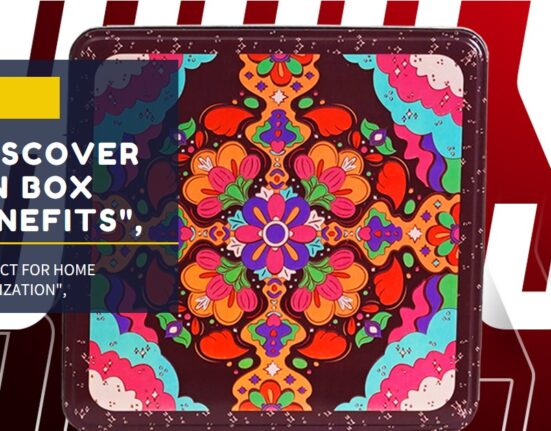The world of art is on a continuous insurgency, shaping itself in a totally unfamiliar and exclusive manner. The global art market is on boom and artworks are getting sold in millions. Every art auction, exhibition, convention, etc is setting record sales beating the previous best and raising the bar a step ahead.
Even in past, i.e. in the last 100 years, artworks were sold at staggering prices, but those were more or less isolated sales that used to hold the benchmark for decades. Today, it is happening at every art exhibition where you can see contemporary art for sale getting picked for a good million dollars. Technology and globalization have converged the individual art markets into one comprehensive global sector. And this industry is quite strong.
The mindset of the artists and the art aficionados has also been impacted by new ideologies and modern set of values. Art collectors, curators, and experts have now started collecting paintings for investment purpose. The equalization of art with investment portfolios is a concept that brings more to the table for the art lovers.
However, not everyone is agreeing with the whopping shoot of artwork’s prices. Through this blog, I am going to jot down a balanced debate on whether the steeping prices are good for art or not. Let’s start:
For the motion
Well, art conventions by the big cats like Christie’s or Sotheby’s are not new to the million dollars sales. Pulverisation of previous records at every next auction has become a trending appeal for the artists and art collectors. Along with this, amplification of the art sector’s territory has also contributed to the rocketing prices of artworks.
Even though only a chunk of artists are able to join and sustain the million dollar club, the lavish pricing of paintings is quite good for the entire sector. I mean, if it wouldn’t have been for the £44.5m sale of Leonardo’s ‘Salvator Mundi’ or an astonishing £147.7m sale of Cézanne’s ‘The Card Players’, our art world would have been extremely different.
The global art market reached an impressive mark of $ 63.7 Billion in the year 2017, which are quite strong numbers. This colossal value of art sector reflects positively on the art sector and the professionals associated with it. For example, because the art market is getting stronger day by day, more and more artists are now gathering the courage to put an abstract, modern or contemporary art for sale. Apart from this, limitless opportunities, a superior stature, and a positive outlook are available for the art lovers and artists in the society that is digressing away from conventional beliefs.
Even though a strong and elite lobby of top-notch artists and art collectors leverage on the premium pricing artworks, there is a massive part of the art sector where all genres of paintings are available at moderate prices. For instance, in India itself, a number of online and offline art galleries are now offering paintings at considerable rates, attracting more customers.
Global exposure is one of the critical elements that has extended the reach of artists in today’s world. More than 100 premium art events are conducted annually in different countries across the world at peak seasons.
So, high prices are good for both art lovers and the talented people who make such exquisite pieces.
Against the Motion
There is no iota of doubt that the rising prices for the artworks are beneficial for the art sectors and people around it. However, what may be good for the entire art industry may be disastrous for the art itself.
We need to comprehend the basic idea of “How does art affects our culture” and “What art really signifies”. Unlike other fields, possessing an artwork is not a necessary factor to hold an opinion about art. Hence, the importance of the price of paintings doesn’t matter really. The cultural prominence of a contemporary art for sale or an abstract painting for a holistic community is bigger than the price what an individual is willing to pay.
Think like this; A Hollywood movie is not applauded by the people because of the money that is invested into it but because of the opinion of people. Similarly, art’s cultural significance can never be replicated by the amount a puny group of rich people is paying for it.
This idea is, unfortunately, transforming into a much money-centric belief, signifying the change of mind-set art lovers and collectors are experiencing. An artwork with high price is considered of a greater cultural reference. The limelight that should be on the artwork that wealthy ones are willing to buy is actually shifted to the rich individuals purchasing that piece of art.
So, instead of the beauty and aesthetics that lie in a contemporary art for sale, the credibility is dependent on the taste and preference of the riches. Sadly, quite a few powerful and well-heeled art collectors have shown a below-average taste for art buying ordinary pieces for millions. This is actually diluting the meaning of art in our society.
Artists too, instead of relying on their imagination and fantasies are now creating artworks that echo the preferences of the wealthy lot that buy them. A lot of art critics have hence come up pointing out the hypocrisy that is being infused in the artworld because of the involvement of money as a major factor.
Instead of being a slave to the buyers’ demand, artists should come out of the shackles and use their fresh and ingenious flair to create something really artistic. Art is, was, and will be all about insubordination, creativity, and heresy.





